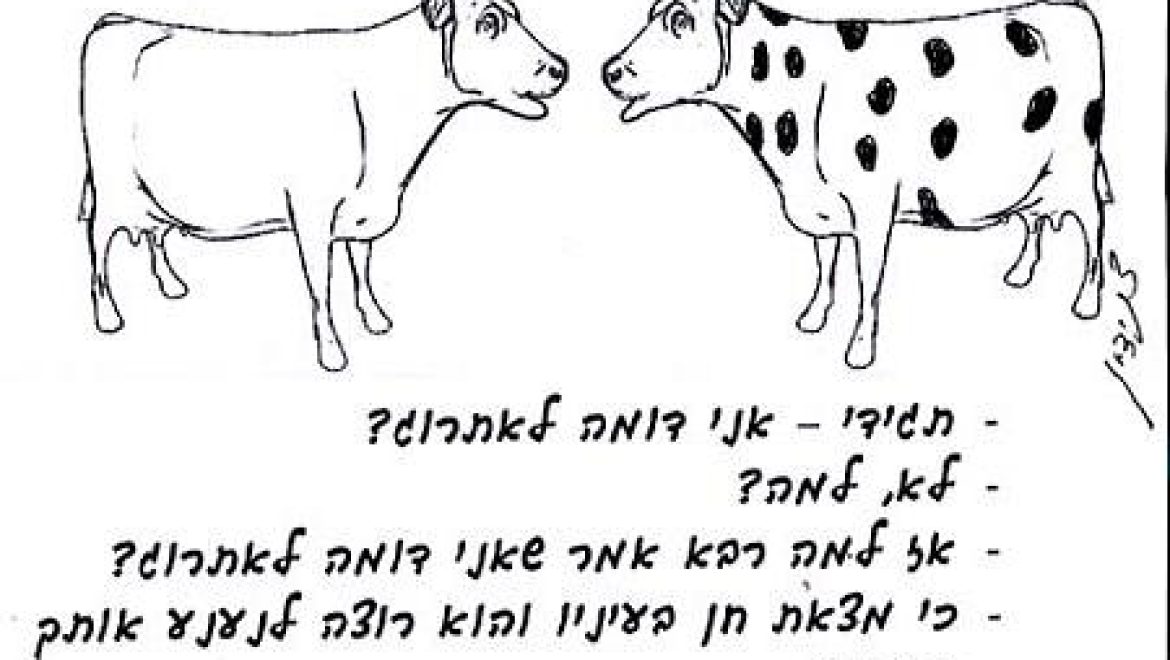
An etrog must be whole, with no damage or blemish, at least to its shell. One of the Babylonian sages, Rava, asked: if an etrog shows signs of being tereifah, is it still suited for ritual use? (The Halachic definition of tereifah is any defect or illness which would cause an animal or bird to die within 12 months from infliction.) What sign of tereifah could afflict an etrog? The inside of the fruit could turn to liquid while the outside remains intact. Is the rule of an etrog like that of an animal’s lung? A lung which has liquefied so only the bronchi remain does not keep the animal from being kosher. (Halacha rules that an animal whose lung flesh has liquefied is not a tereifah and will yet live.) Or is the law of an etrog not like the law of an animal, and the fruit is invalid for ritual use? What are the issues under debate? On one hand the animal’s lung, within the animal’s body and not exposed to the air, may return to its former state and heal itself, but the etrog, which is exposed to the air, continues to rot and is therefore unacceptable for ritual use. On the other hand, it is possible that there is no difference between an etrog and an animal’s lung and the etrog may switch back from its rotten state to a healthy, strong fruit as the lung switched back to being healthy, so the etrog is suitable for ritual use. (The Talmud ruled that the rotten etrog is not suitable for ritual use.)
(Babylonian Talmud, Tractate Sukkah 36a)
